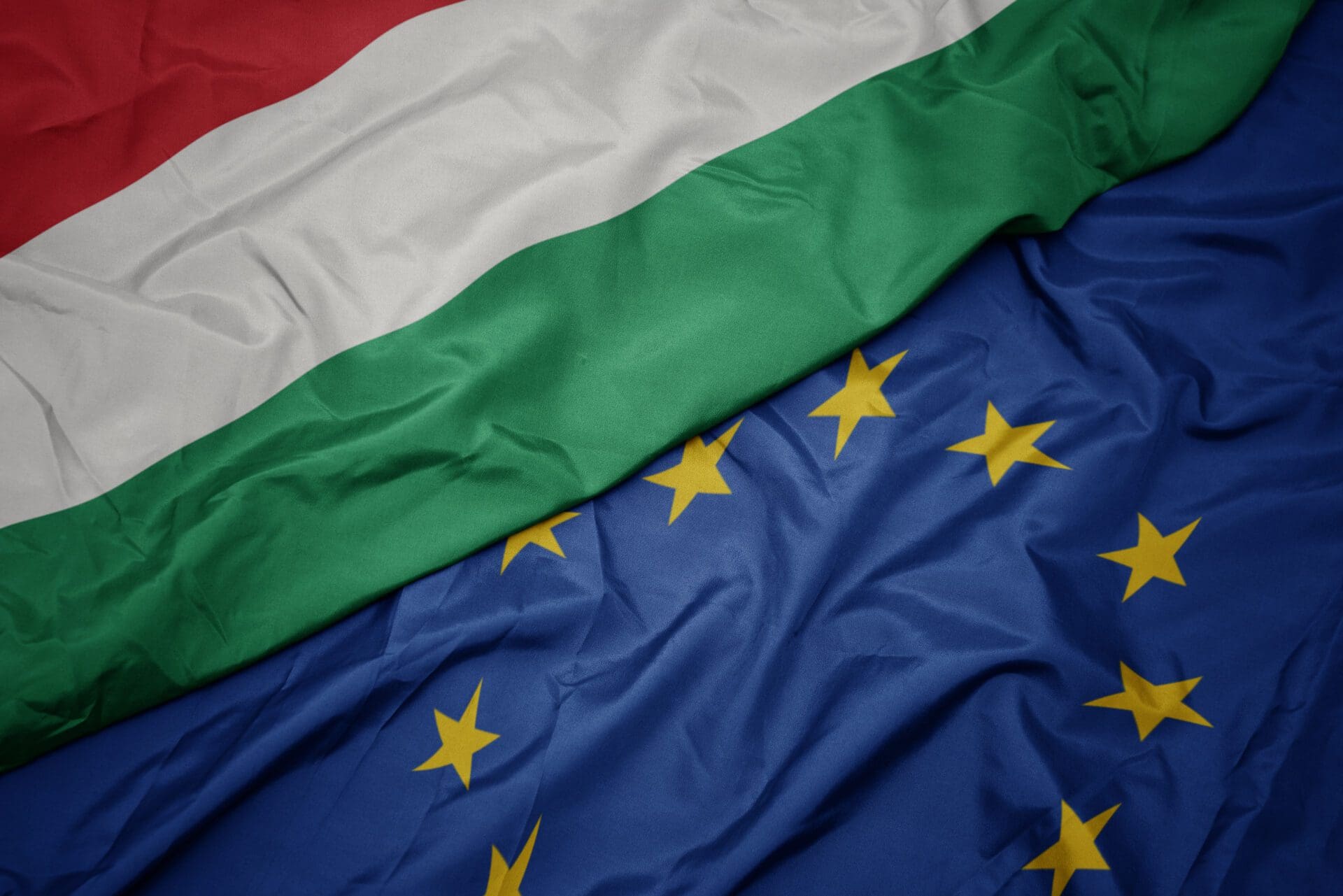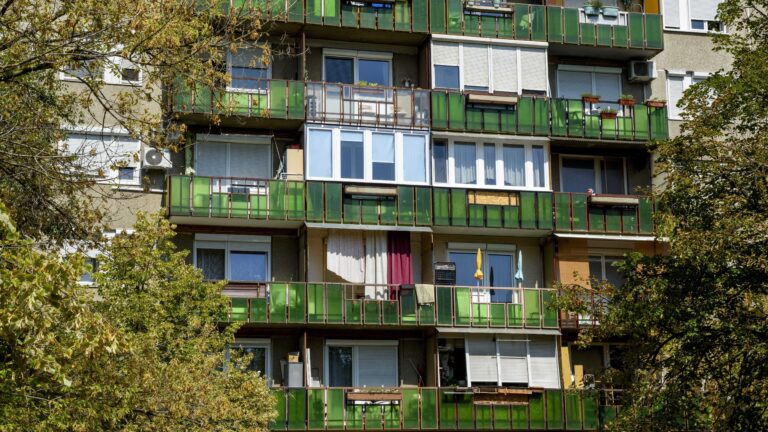Hungary has successfully drawn down 100 per cent of the 2014–2020 EU funds, amounting to a total of €32.08 billion, as stated by Balázs Orbán in his Facebook post. The Prime Minister’s political director added that this undermines the liberal argument that Hungary is making poor use of EU funds, as we have performed outstandingly well in Europe in comparison to other countries. Balázs Orbán underlined that only four countries—Estonia, Lithuania, Cyprus, and Hungary—have been able to claim the full amount of the available funds.
So much has been said recently about EU funding that the question rightly arises:
Exactly what kind of funds are we talking about?
The EU, under the so-called European Structural and Investment Funds (ESIF), provides its Member States with various grants aimed at ‘creating jobs and investing in a sustainable and healthy European economy and environment.’ Within the ESIF, Member States receive money from five different funds: the Cohesion Fund (CF), the European Regional Development Fund (ERDF), the European Social Fund (ESF), the European Agricultural Fund for Rural Development (EAFRD), and the European Maritime and Fisheries Fund (EMFF).
Each of these encourages and supports Member States in achieving distinct goals.
For instance, the Cohesion Fund finances transport and environmental projects in countries where the Gross National Income (GNI) per capita is less than 90 per cent of the EU average. The European Regional Development Fund promotes the balanced development of various EU regions, while the European Social Fund focuses on investing in human capital.
It is important to note that the majority of these funds are directed towards less developed countries within the EU. When a new state emerges that is economically and socially worse off, some of the states that have been receiving aid up to that point may be excluded from further receiving it.
For example, Ukraine’s accession would result in a significant amount of agricultural aid, estimated by Politico at around €95.6 billion over seven years, being directed to the war-torn country.
Additionally, several Member States—such as the Czech Republic, Estonia, Lithuania, Slovenia, Cyprus, and Malta—would lose their CF funding.
Let’s get back to Hungary and the EU funds that our country drew down between 2014 and 2020. Proportionally, Hungary received the most money from the European Regional Development Fund, just over 41 per cent of the total sum. This is followed by the Cohesion Fund with 22.1 per cent, and then the European Social Fund and the European Agricultural Fund for Rural Development with 18.9 per cent and 17.3 per cent, respectively.
Hungary has received the largest share of funding in the area of transport and energy network infrastructure, with just over €3 billion from the Cohesion Fund (CF) and nearly €1 billion from the European Regional Development Fund (ERDF).
These sums have translated into tangible projects, such as the launch of the Budapest Bicycle (BUBI) bike-sharing service, which reached 2.5 million individual trips by October 2018. Additionally, the restoration of wetlands in the Hortobágy and Nagykunság regions for nature conservation purposes has been funded with nearly €1 billion of EU funds. In addition to the examples mentioned above, EU funds have also played a pivotal role in the successful implementation of various other projects across different sectors.
Related articles







